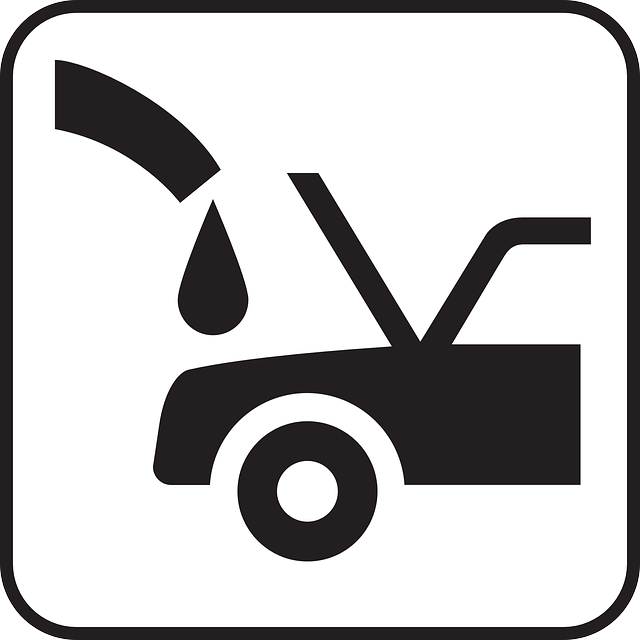Automation in claims documentation services significantly enhances efficiency and accuracy by automating repetitive tasks like data extraction, document generation, and file organization, reducing manual effort and errors. This is particularly beneficial for standardized procedures like collision or car dent repair. However, implementing automation requires substantial upfront investment, handles unique scenarios differently, and demands robust data security to maintain customer trust while freeing resources for complex cases.
Automation is transforming industries, and claims documentation services are no exception. This article explores where and how automation can be applied in this critical area. We’ll delve into evaluating areas ripe for automation, implementing streamlined processes for common tasks, and understanding the benefits and challenges of adopting these advancements. By leveraging automation, claims documentation services can enhance efficiency, reduce errors, and improve overall client satisfaction.
- Evaluating Areas for Automation in Claims Documentation Services
- Implementing Automation: Streamlining Common Documentation Tasks
- Benefits and Challenges of Automating Claims Documentation Processes
Evaluating Areas for Automation in Claims Documentation Services

Evaluating Areas for Automation in Claims Documentation Services
In the realm of claims documentation services, automation offers a transformative potential that can streamline operations and enhance efficiency. To maximize benefits, it’s crucial to identify specific tasks within the process that are suitable for automation. Claims handling involves numerous steps, from initial assessment to final settlement, each presenting opportunities for optimization. For instance, data extraction from documents like invoices, estimates, and repair orders is a repetitive task that can be efficiently automated using Optical Character Recognition (OCR) technology.
By automating these processes, documentation services can reduce manual effort, minimize errors, and speed up claim processing times. Moreover, focusing on areas such as collision damage repair or car dent repair, where standardized procedures are prevalent, automation can ensure consistency in document preparation and accuracy in reporting, thereby fostering a more seamless claims settlement experience for clients involved in fender benders or other minor accidents.
Implementing Automation: Streamlining Common Documentation Tasks

Implementing automation in documentation services can significantly streamline common tasks, enhancing efficiency and reducing errors in claims processing. By leveraging intelligent software solutions, auto body shops and claims documentation services can automate repetitive activities such as data entry, document generation, and file organization. This not only saves time but also ensures accuracy, which is crucial for maintaining customer satisfaction and regulatory compliance.
For instance, automation tools can efficiently manage digital versions of hail damage repair or paintless dent repair reports, streamlining the process from initial assessment to final submission. Similarly, these technologies assist in creating and updating comprehensive vehicle history records, a vital aspect for accurately evaluating damages in auto body shops. Through automated documentation, businesses can focus their resources on more complex tasks, improving overall service quality and enabling them to cater to a larger customer base.
Benefits and Challenges of Automating Claims Documentation Processes

Automation offers a double-edged sword for claims documentation services. On one hand, integrating technology can streamline processes, reduce manual errors, and speed up turnaround times. This is especially beneficial in fast-paced industries like car repair services where handling numerous claims documentation efficiently is paramount. Automated systems can quickly process basic information, generate initial reports, and even initiate payment processes for car damage repairs, freeing up human resources to handle more complex cases that require critical thinking and empathy.
However, the shift towards automation presents challenges. It demands significant upfront investment in technology and training, which might be a hurdle for smaller documentation service providers. Additionally, while automation excels at handling repetitive tasks, it may struggle with unique or intricate vehicle repair services scenarios that demand adaptability and nuanced decision-making. Ensuring data security and privacy is another crucial consideration when adopting automated systems, as sensitive claim details must be handled securely to maintain customer trust.
Automation has the potential to revolutionize claims documentation services by streamlining processes, enhancing efficiency, and reducing human error. By evaluating tasks for automation, such as data extraction, form filling, and report generation, businesses can experience faster turnaround times and improved accuracy. However, challenges like initial setup costs and ensuring data security must be addressed. Ultimately, leveraging automation in claims documentation can lead to significant cost savings, increased productivity, and better customer satisfaction.














